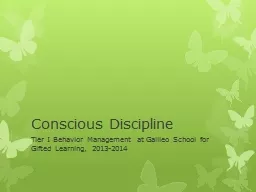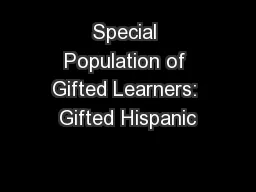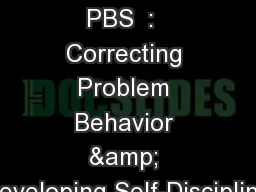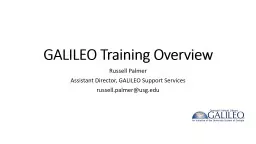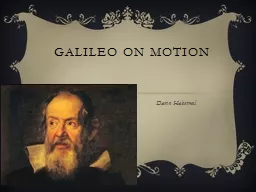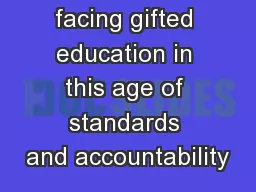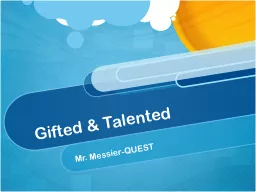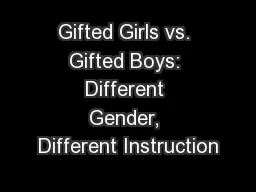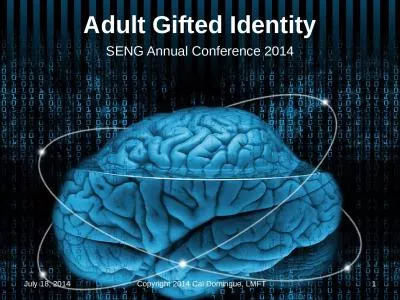PPT-Conscious Discipline Tier I Behavior Management at Galileo School for Gifted Learning,
Author : myesha-ticknor | Published Date : 2019-03-01
Brain State Model Brain Stem Survival State Children and adults who are living in thinking reacting with their brain stem are in a constant state of fight or flight
Presentation Embed Code
Download Presentation
Download Presentation The PPT/PDF document "Conscious Discipline Tier I Behavior Man..." is the property of its rightful owner. Permission is granted to download and print the materials on this website for personal, non-commercial use only, and to display it on your personal computer provided you do not modify the materials and that you retain all copyright notices contained in the materials. By downloading content from our website, you accept the terms of this agreement.
Conscious Discipline Tier I Behavior Management at Galileo School for Gifted Learning,: Transcript
Download Rules Of Document
"Conscious Discipline Tier I Behavior Management at Galileo School for Gifted Learning,"The content belongs to its owner. You may download and print it for personal use, without modification, and keep all copyright notices. By downloading, you agree to these terms.
Related Documents

